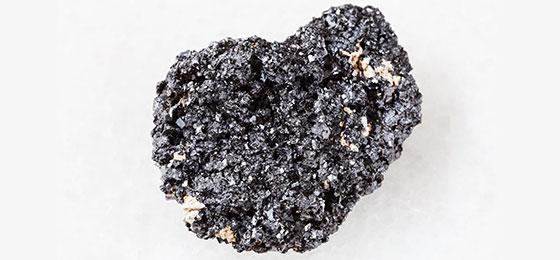Completed project: Perovskites for solar energy

The project aimed at achieving an enhanced efficiency and stability of perovskite-based solar cells, and their detailed, atomic-level characterisation. Furthermore, it aimed at optimising the solar energy conversion efficiency and photostability of perovskite-based solar cells.
A new and promising material for solar energy conversion emerged some seven years ago: perovskites, which due to their composition and lattice structure, exhibit remarkable properties, such as a good absorption of light in the visible range, a good charge mobility (crucial for the extraction of electrical currents) and easy preparation and synthesis.
Results
During the project headed up by Prof. Majed Chergui from the Laboratory of Ultrafast Spectroscopy of the EPF Lausanne, a record in conversion efficiency (approx. 21%) was achieved, which has in the meantime been surpassed. To improve cell stability, interface engineering has been developed using low-dimensional perovskites. In terms of characterisation, new behaviours of the charges have been brought to light that may pave the way for novel applications of perovskites as light-emitting devices. The details of charge migration in the materials that have been gathered within this project provide better insights into how the conversion efficiency and stability of perovskite-based solar cells could be improved. In summary:
- Demonstration of an interface engineering method and growth of low dimensional perovskite to improve solar cell stability and efficiency;
- Characterisation of the charge behaviour of single crystals of organic-inorganic perovskites under irradiation by short pulses. Evidence for new quasi-particles under high fluence and precise determination of electron and hole effective masses;
- Development of a novel experimental method to monitor interfacial electron transfer;
- Calculations of effective masses that are largely in agreement with experimental results;
- Clarification of origin of band gap shift with temperature and dual emission.
